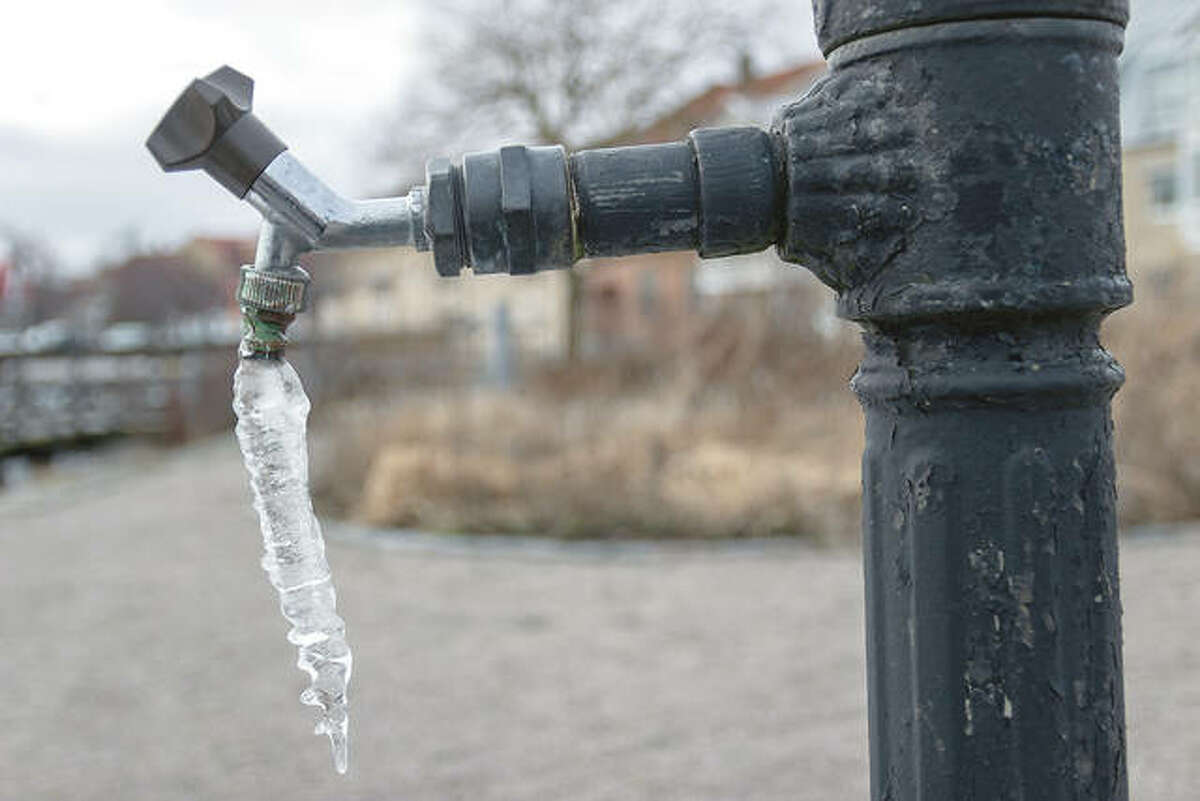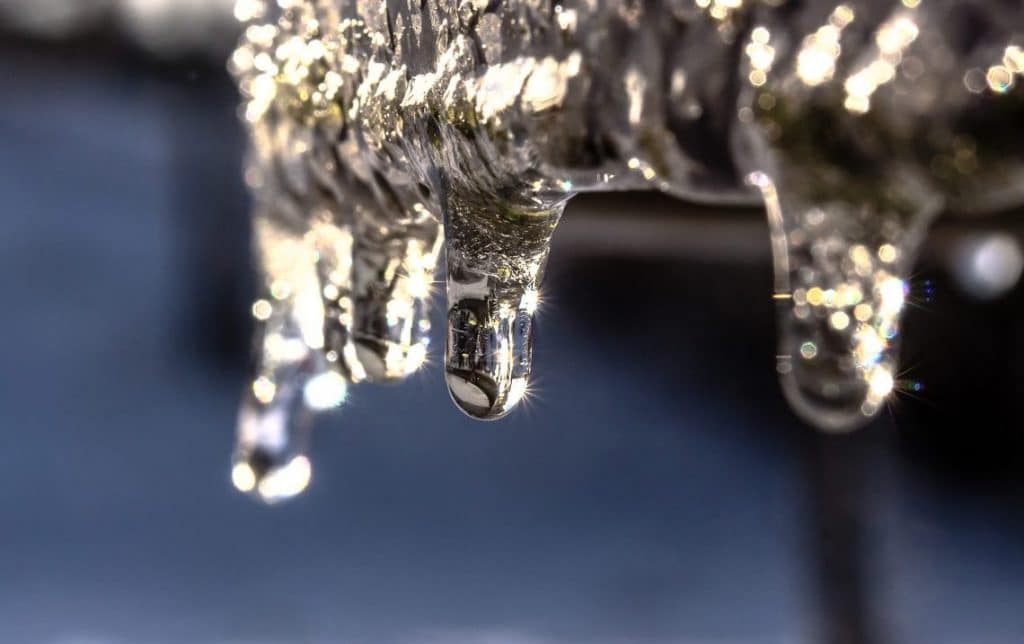How do you really feel in relation to Preventing and dealing with frozen pipes?

Winter can damage your plumbing, especially by freezing pipes. Below's exactly how to stop it from occurring and what to do if it does.
Introduction
As temperature levels drop, the threat of frozen pipelines boosts, potentially causing costly repair services and water damages. Comprehending how to avoid icy pipelines is important for house owners in chilly environments.
Understanding Icy Pipelines
What creates pipelines to ice up?
Pipes freeze when revealed to temperatures below 32 ° F (0 ° C) for prolonged periods. As water inside the pipes freezes, it expands, putting pressure on the pipe walls and potentially triggering them to rupture.
Risks and damages
Frozen pipelines can bring about water supply disruptions, home damage, and expensive repair work. Ruptured pipelines can flood homes and cause substantial structural damage.
Indicators of Frozen Water Lines
Identifying icy pipes early can prevent them from breaking.
How to recognize icy pipes
Look for reduced water flow from taps, unusual odors or sounds from pipes, and noticeable frost on exposed pipes.
Prevention Tips
Shielding susceptible pipelines
Cover pipes in insulation sleeves or utilize warmth tape to safeguard them from freezing temperature levels. Focus on pipes in unheated or exterior areas of the home.
Home heating techniques
Keep interior spaces properly warmed, especially areas with pipes. Open up closet doors to allow warm air to distribute around pipelines under sinks.
Shielding Exterior Plumbing
Garden hoses and outdoor faucets
Detach and drain garden hoses before winter. Set up frost-proof spigots or cover outdoor taps with shielded caps.
What to Do If Your Pipelines Freeze
Immediate actions to take
If you suspect frozen pipelines, keep faucets open up to ease pressure as the ice thaws. Utilize a hairdryer or towels soaked in warm water to thaw pipes gradually.
Long-Term Solutions
Structural adjustments
Take into consideration rerouting pipes away from outside walls or unheated locations. Include added insulation to attics, cellars, and crawl spaces.
Updating insulation
Invest in high-grade insulation for pipelines, attic rooms, and walls. Appropriate insulation aids maintain constant temperature levels and decreases the danger of icy pipes.
Verdict
Avoiding frozen pipes calls for aggressive measures and quick reactions. By comprehending the reasons, signs, and safety nets, house owners can protect their plumbing during cold weather.
6 Proven Ways to Prevent Frozen Pipes and Protect Your Home
Disconnect and Drain Garden Hoses
Before winter arrives, start by disconnecting your garden hoses and draining any remaining water. Close the shut-off valves that supply outdoor hose bibs and leave the outdoor faucet open to allow any residual water to drain. For extra protection, consider using faucet covers throughout the colder months. It’s also important to drain water from any sprinkler supply lines following the manufacturer’s directions.
Insulate Exposed Pipes
Insulating your pipes is an effective way to prevent freezing. Pipe insulation is readily available at home improvement stores and is relatively inexpensive. Pay close attention to pipes in unheated areas such as the attic, basement, crawl spaces, or garage. Apply foam insulation generously to create a buffer against the cold. You can also wrap your pipes in heat tape or thermostat-controlled heat cables for added warmth.
Seal Air Leaks
Inspect your home for any cracks or openings that could let in cold air. Seal any holes around the piping in interior or exterior walls, as well as the sill plates where your home rests on its foundation. Additionally, make sure to keep your garage door closed unless you’re entering or exiting. Leaving it open creates a significant air leak that can lead to frozen pipes.
Allow Warm Air Circulation
During cold snaps, it’s essential to allow warm air to circulate evenly throughout your home. Leave interior doors ajar to promote better airflow. Open kitchen and bathroom cabinets to help distribute heat consistently around the rooms. If you have small children or pets, be sure to remove any household chemicals or potentially harmful cleaners from open cabinets for safety.
Let Faucets Drip
A small trickle of water can make a big difference in preventing ice formation inside your pipes. When temperatures drop significantly, start a drip of water from all faucets served by exposed pipes. This continuous flow helps prevent the water from freezing. Additionally, running a few faucets slightly can relieve pressure inside the pipes, reducing the chances of a rupture if the water inside does freeze.
https://choateshvac.com/6-proven-ways-to-prevent-frozen-pipes-and-protect-your-home/

I hope you enjoyed reading our post on 6 Ways to Prevent Frozen Pipes. Thank you for taking the time to browse our blog. If you appreciated our blog post please remember to share it. I appreciate your readership.
Call Today
Comments on “Important Tips to Avoid Frozen Pipes in Winter”